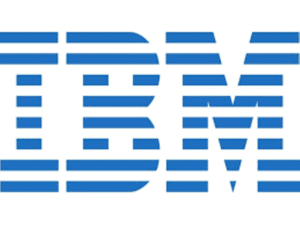The IBM giant recently announced the launch of the first blockchain-based carbon asset management platform built on the distributed ledger of Hyperledger Fabric in collaboration with Energy-Blockchain Labs.
The new platform will be used by China’s carbon asset market and will enable companies to create carbon assets more efficiently to help build a “greener” and environmentally friendly China.
Carbon asset development, also known as the emission of carbon emission reduction quotas, refers to the development of financial instruments called carbon credits that allow the owner to emit a specific amount of carbon dioxide and other greenhouse gases. Companies can acquire credits by reducing emissions below their allowable quota or by other emission reduction activities. They can also buy carbon credits from other companies that have purchased them, at the current market price. Carbon asset development encourages companies to reduce emissions because there is a financial cost to emitting too much carbon, while a benefit can be achieved by generating lower carbon emissions.
China is the world’s largest source of carbon emissions and therefore has an established carbon asset market as both the public and private sectors strive to control carbon emissions. Chinese company Energy-Blockchain Labs has partnered with IBM to create the carbon asset management platform Hyperledger Fabric, which will go on sale as the year progresses, according to the deadlines for the opening of the unified national market of carbon.

Incorporating block chain technology into the carbon market ecosystem helps to solve some of the key challenges it faces. The fact that the block chain is immutable provides more credibility for carbon emission reduction (CER) quotas or carbon credits in the market. The nature of the general ledger also increases auditing ability, transparency and seamless collaboration among the different actors involved in the development and use of green assets.
The use of blockchain technology in reducing carbon emissions by IBM and Energy-Blockchain Labs is a major step forward, another way IBM is helping Chinese companies use innovative technology to build a global mechanism, Fair and reasonable. And undoubtedly, it is an example to be imitated about how ideas and concepts can be fused together with blockchain technology to achieve an increasingly safe industrial development and to benefit the environment.
The creation and implementation of a blockchain carbon-based carbon credit management platform is expected to greatly improve the current state of the carbon credit market and hopefully help foster more sustainable business practices to reduce carbon emissions.










